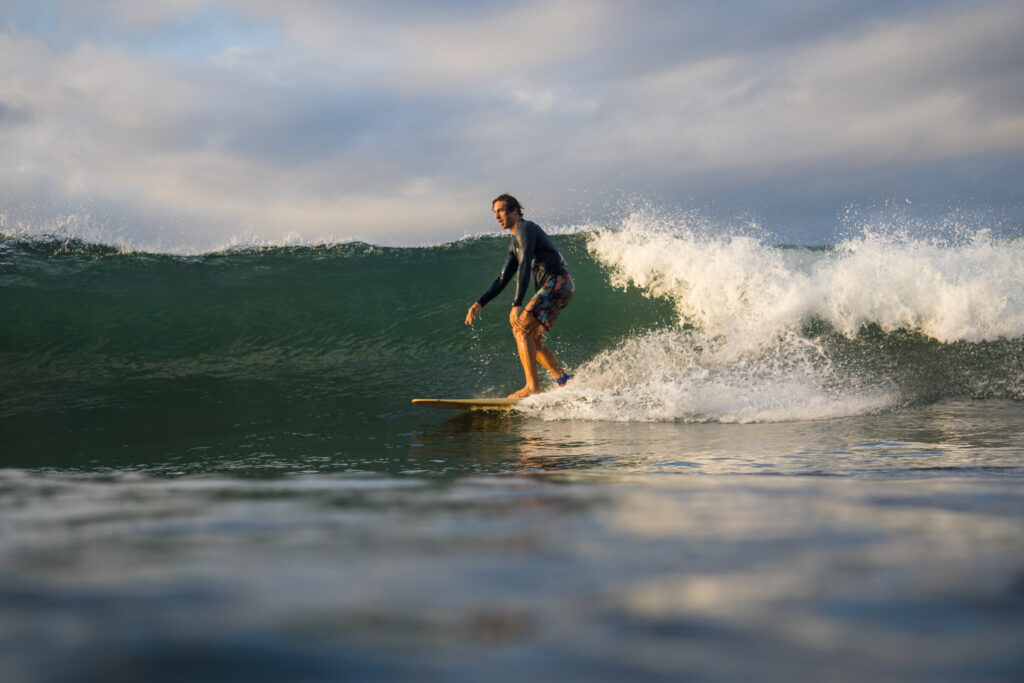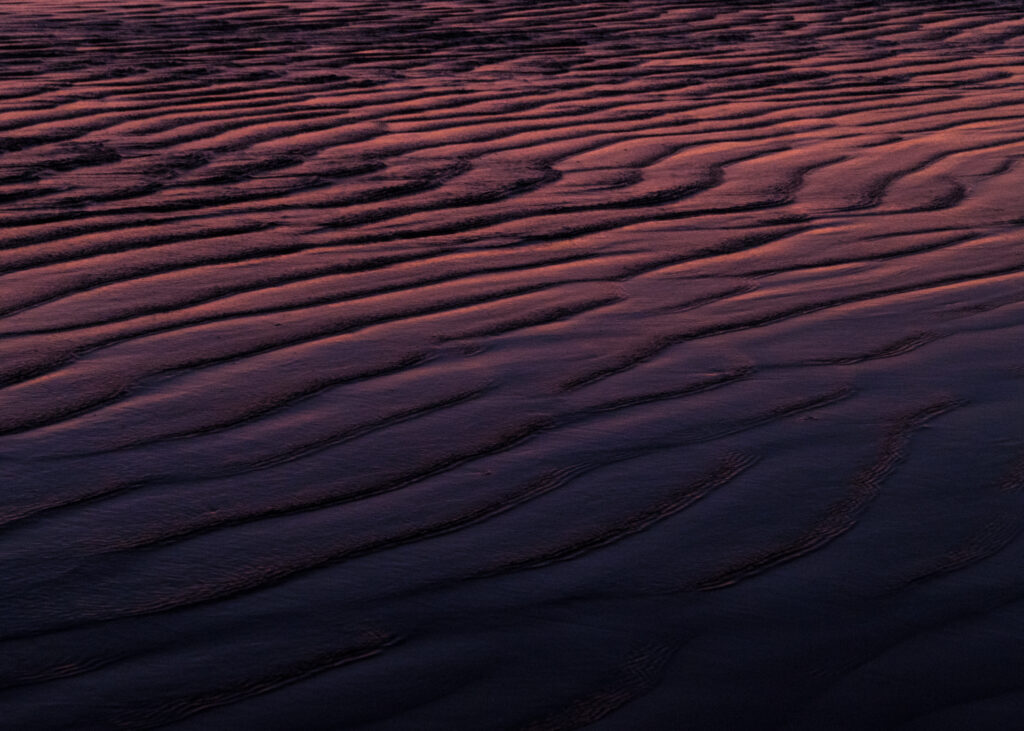To quickly answer this question, yes, surfing is a sport according to the International Olympic Committee (IOC). Surfing officially debuted as an Olympic sport in the 2020 Tokyo Olympics.
However, there is controversy about this topic since surfing isn’t only a competitive sport — it’s so much more.
Many practitioners don’t, in fact, compete on some world tour, but rather see it as a form of meditation, a lifestyle, or even liquid art.
So yes, surfing is a sport, except for when it’s not.

Growing up in Southern California near the coast, surfing is occasionally considered a high-school sport. Three days a week, my “teammates” and I would drive to the beach and surf for an hour or two before returning to school around 11 AM. We even competed on the weekends with other local high schools.
Yet, our “practices” didn’t precisely consist of rigorous training. There was no warm-up, no running, no stretching, no strategy talk. We just went surfing, each person silently perfecting their craft.
The coach stayed on the beach most days unless the waves were “pumping.” In this case, every individual would pick their own unique surfboard and wander to the spot on the beach they most preferred to surf.
In this sense surfing was less of a “sport” and more of a craft, a hobby, or a club.
Below, we will discuss the various components of surfing, both as a competitive sport and as an art.
Surfing in the Olympics
As surf historians might remember, Duke Kahanamoku, a three-time Olympic freestyle swimming champion, first advocated that surfing be an Olympic sport in 1920.
The Hawaiian, known as the Father of Modern Surfing, popularizes surfing globally. Well, in 2020, native Hawaiian Carissa Moore took home the first women’s gold medal in surfing history.
For many professional surfers, being included in the Olympics legitimized a lifetime of training and dedication to high-performance surfing.
Judging the sport of surfing
According to the IOC, “Surfers perform maneuvers on a given wave, the totality of which is scored by a panel of five judges based on the difficulty, variety, and type of maneuvers. Surfers are also judged on their power, speed, and flow during and between the maneuvers.”
Such “maneuvers” include potent turns on the face of a wave and launching above the wave to perform rotational airs. Points are also given based on the wave size and length of the ride, with the most points going to the most significant wave and longest ride.
Specific criteria and points
Surf contests consist of rounds with a series of timed heats, with anywhere from two to four surfers attempting to get the best waves.
Judges consider each surfer’s two best waves, both out of a possible 10 points for a potential combined 20-point heat total.
Surfers may catch as many waves as they wish, but their final score is tallied by combining their two best wave scores.
Five judges analyze waves ridden using the following criteria:
- Commitment and degree of difficulty
- Innovative and progressive surf maneuvers
- Combination of major surf maneuvers
- Variety of maneuvers
- Speed, power, and flow of surfing

World Championship Tour of Surfing
Judging someone’s performance on a wave isn’t a novel idea. The World Surf League, established in 1976, hosts over 180 global contests at the professional and semi-professional level.
The 2023 Championship tour entails a series of 11 contests where men and women compete to accumulate points, which determine their rankings.
For the final contest, the top 5 competitors with the highest rankings compete for the championship title.
The GOATs of surfing
The man and woman with the most championship titles (known as GOATs or “greatest of all time” are Kelly Slater (11) and Stephanie Gilmore (8), respectively.
The future of professional surfing
One of the eleven world tour events is hosted at an artificial wave pool, The Surf Ranch, which some consider to be the future of modern surfing as it allows each surfer to ride scientifically identical waves throughout the duration of the contest.
Wave pool technology
At wave pools, the wave conditions are the same for every surfer:
- The wave height
- The way the wave breaks
- how fast or slow the wave breaks
- Exactly where the wave begins and ends
This places surfing more closely aligned to other sports, such as snowboarding or skateboarding, and attempts to make surf judging less subjective.
Furthermore, wave pools also open the door for people worldwide to learn how to surf since it can be practiced far from exotic tropical locations and thousands of miles from the ocean itself.
Other surfers say that wave pool surfing is repetitive and boring to watch and excludes the surfer’s ability to read ocean conditions and make skills such as wave selection and heat strategy null and void.
Forget the interesting differences between beach breaks, point breaks, and reef breaks; wave pool technology means you now catch waves over concrete.
In addition, many surfers find surfing’s biggest joy is the spiritual connection they enjoy with Mother.
Nature in the surf zone simply doesn’t exist at a wave pool.
Although this technology hasn’t transformed surfing culture yet, many experienced surfers feel it’s about to.

Surfing as a competitive sport for kids
To reach the highest level of professional surfing, many kids compete at a young age.
For example, olympic gold medalist Carissa Moore began winning national competitions by age 11. The two most popular amateur circuits are the NSSA and ISA.
In most cases, the surfer’s family must bankroll each competitor’s participation in the events held throughout the U.S. and internationally.
“Free” surfing: surfing as an art form
The world of competitive surfing is vast and growing, but it’s not the only type of professional surfing that exists in the surfing world.
Some of the highest-paid surfers in the world are considered “free” surfers, which means they are sponsored professionals but don’t compete in any events. These surfers produce income streams for sponsors through marketing campaigns and video parts to demonstrate their surfing ingenuity.
While some free surfers were former pros, some skipped the professional world surf league altogether.
They feel that the spiritual connection with the ocean is often lost once waves are tallied and points are totaled and that “good” waves are the ones they ride most creatively.
Free surfers often use unique board designs and travel to exotic locations. They argue that surfers should be able to chase the biggest waves or enjoy the best tube riding instead of chasing world titles by surfing small or poor contest waves and riding the same “thruster” board with three fins as everybody else.
Free surfers on Youtube
Surfing as art? Don’t believe me? Check out these videos, titled Tesoro Enterrado featuring Torren Martyn and Sonic Souvenirs featuring Mikey February.
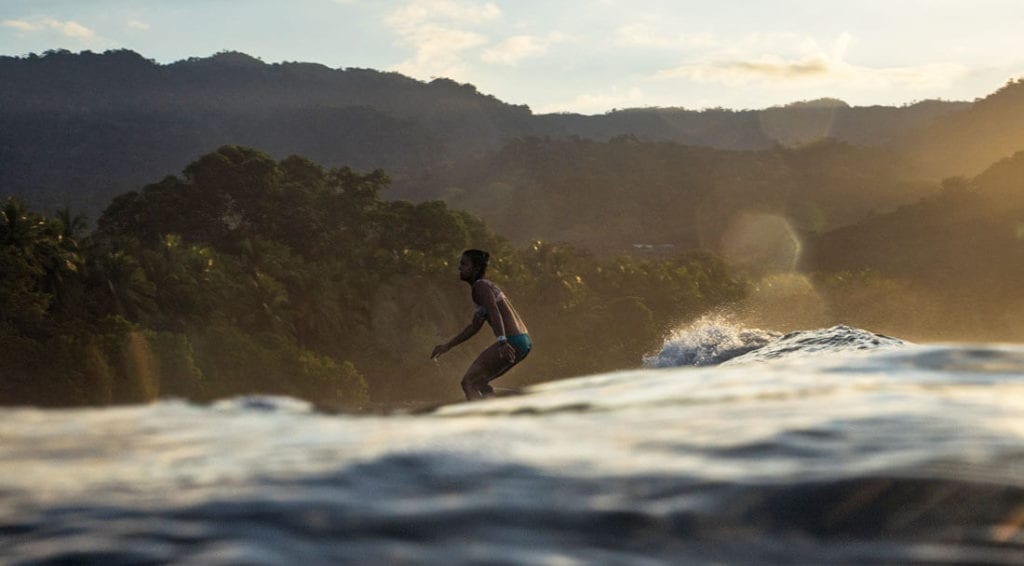
Surfing as a hobby
Despite surfing’s rise as an international sport, most people in most places surf for fun.
There’s no doubt that high-performance surfers are athletes, but most surfers are regular people just enjoying their preferred recreational activity. Some stretch, and some don’t. Some do other workouts, but for many, surfing is their primary form of exercise.
Here at Bodhi Surf + Yoga, we believe yoga is a great addition for new surfers as it helps support balance, mobility, and strength.
Over the years, surf culture has also witnessed a growing inclusivity in the ocean sphere. Adaptive surf therapies are now being used for people with physical or mental disabilities, PTSD, amputees, and even blind folks.
The ISA also hosts the yearly World Para Surfing Championships (technically back in the sports realm).
There is no limit to who can participate in and benefit from surfing. There’s no wrong way to enjoy surfing.
You don’t need a team, a referee, or a court. It would be best to show up at the beach simply, and you’ll be hooked.
Why surfing’s status as a sport matters
Despite my high school’s laissez-faire approach to competitive surfing, as a whole, the surf industry is growing in its athleticism, professionalism, and profitability.
On the one hand, this drives innovation in surfboard and wetsuit design and legitimizes an activity many people dedicate their lives to.
On the other hand, scoring “points” seems to reduce surfing to a definitively objective task, such as throwing a ball through a hoop, when in reality, surfing is as subjective as creating a work of art.
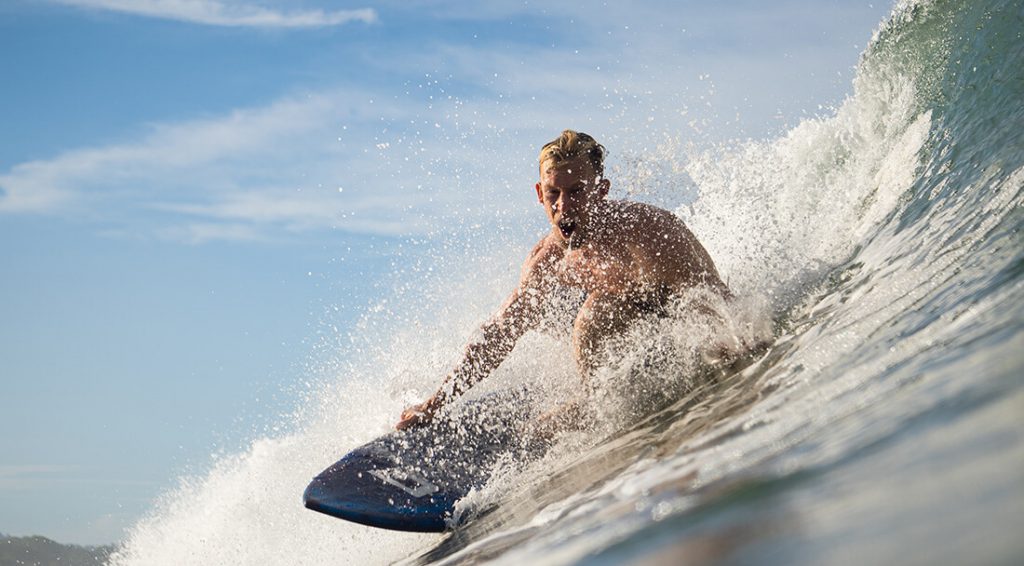
Surfing is also an expression of emotion.
Sure, some people’s technique is thought to be better than others. Still, surf culture isn’t always performative since most surfers, most places, aren’t scoring points — they’re searching for a particular “feeling” — and that feeling is one an artist finds when creating a masterpiece.
A sense of freedom, an outpouring of emotion, of a process that leads to a fleeting piece of work, which, in this case, only lasts a few seconds and, in most cases, is never captured or caught on film.
Surf contests are a performance, but free surfing is pure intuition. Both have value, and most former competitive surfers live free surfing for the rest of their lives.
Unlike basketball, football, or baseball, there is no “end” to a surfer’s career. While their competitive career might end, their journey as a free surfer, in some cases, has just begun.
Whether for recreational activity, connection with the ocean, or the desire to learn a new extreme sport, you can start your journey into the multi-faceted realm of surf culture with Bodhi Surf + Yoga Adult Surf + Yoga Camp.
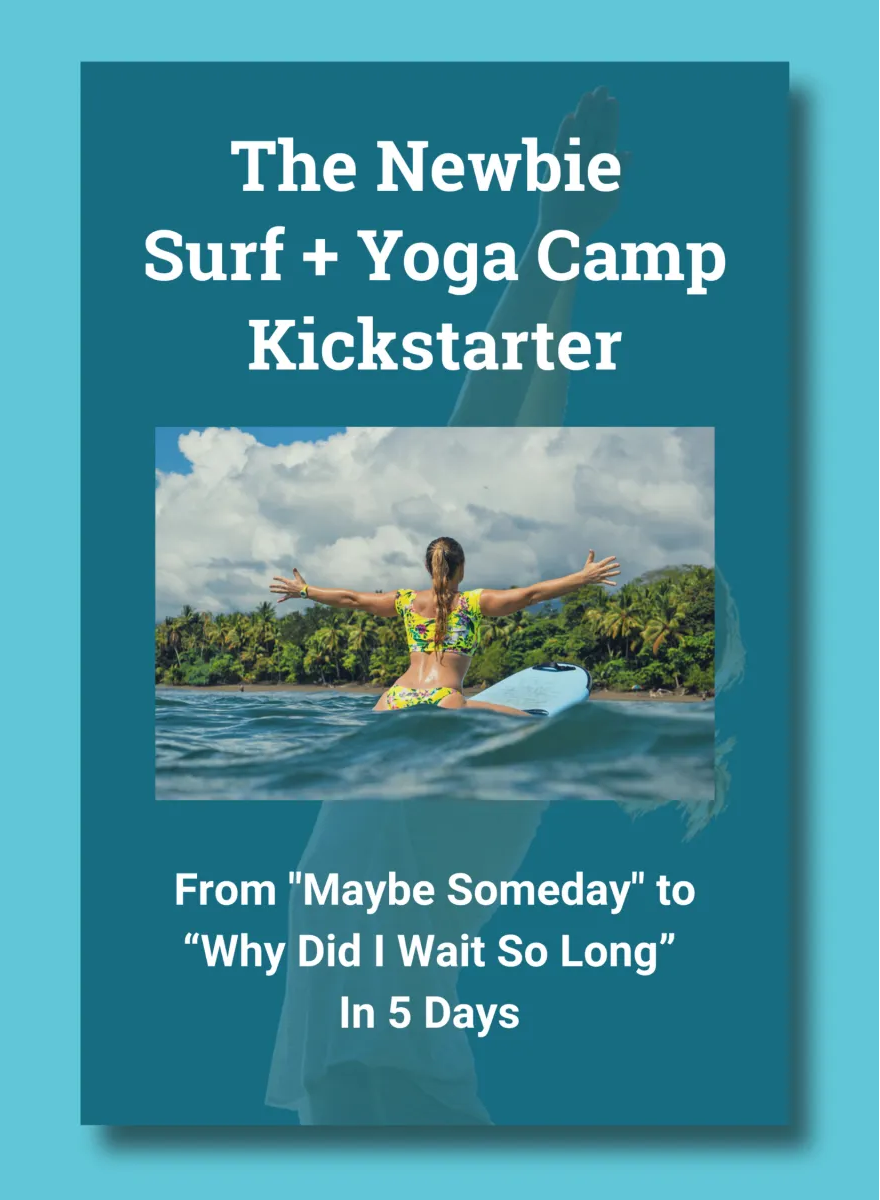
For First-Time Surfers
You Don't Need Experience. You Don't Need Gear. You Just Need This.
Our free 5-day email course that reveals the 5 myths keeping beginners at "I'm not ready" instead of catching their first wave and finding inner peace-and how to overcome them fast.
Change the heading on the Separator tab ->
Search
The Newbie Surf + Yoga Camp Kickstarter
Bust the 5 biggest myths about going to a surf and yoga camp so you can stop procrastinating and start catching waves - with our FREE 5-day email course.
Change the heading on the Separator tab ->
Most Read Blogs
What is the Meaning of Anjali Mudra?
May 27, 2020
Fitness for Surfers: Workouts, Exercises & Training
February 10, 2022
The Best Places to Eat in Uvita, Costa Rica
May 19, 2022
How to Get From SJO to Costa Ballena, Costa Rica
May 31, 2018
Change the heading on the Separator tab ->
Categories
Categories
- Bodysurfing (5)
- Food (7)
- Responsible Business (6)
- Surfing (65)
- Travel (65)
- Yoga (43)
Change the heading on the Separator tab ->
Newsletter
Thanks for subscribing! Please check your email for further instructions.
Change the heading on the Separator tab ->
Follow Us
Carly Stoenner
Change the heading on the Separator tab ->
Read more
Small Things That Make A Big Difference to Progressing Your Surfing
Words by Guest Post
Welcome to the first of our three-part series covering the small things that make a big difference to your surfing! You are most likely reading this because you’ve taken some surf lessons…
Sandbars for Surfers: Everything You Need to Know and More
Words by Guest Post
Ever wonder what a sandbar is? When it’s low tide you can see them, but what happens when the ocean covers them? Most surfers may just look at the waves on the…
5 Advanced PNF Stretches for Surfing
Words by Guest Post
Like in any sport, surfing requires exceptional mobility and range of motion in the joints. Stretching is a great tool to gain mobility for those eye-catching maneuvers or a post-session recovery routine….

